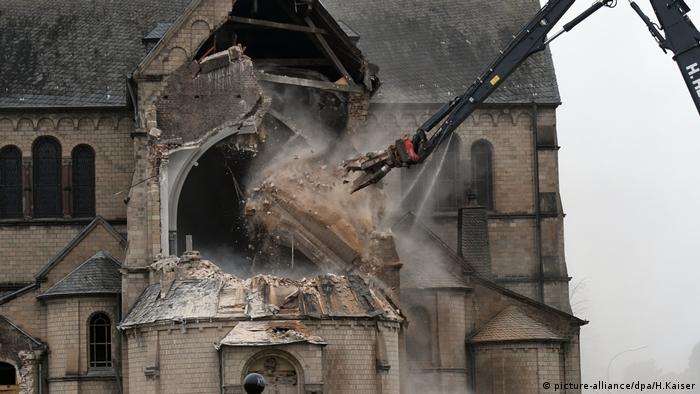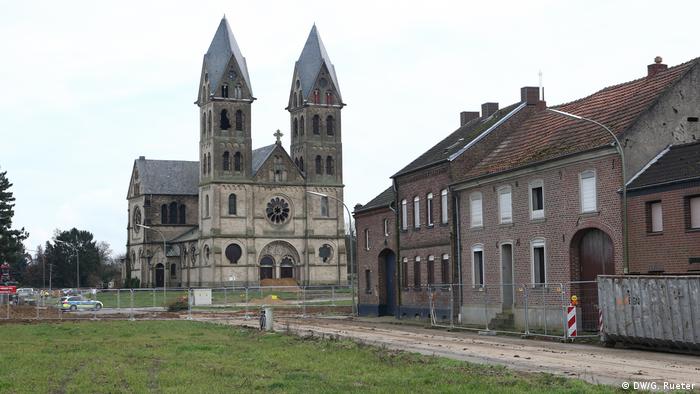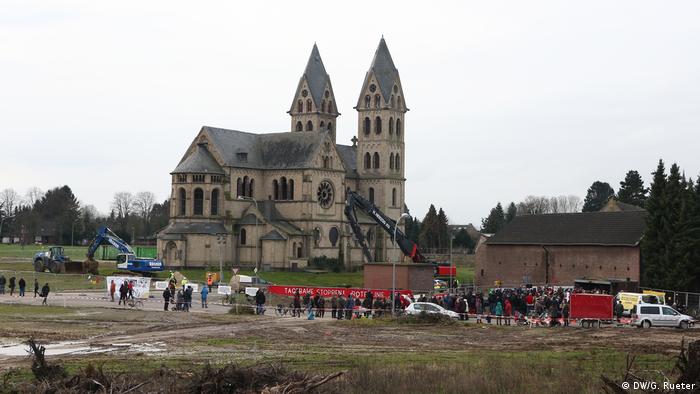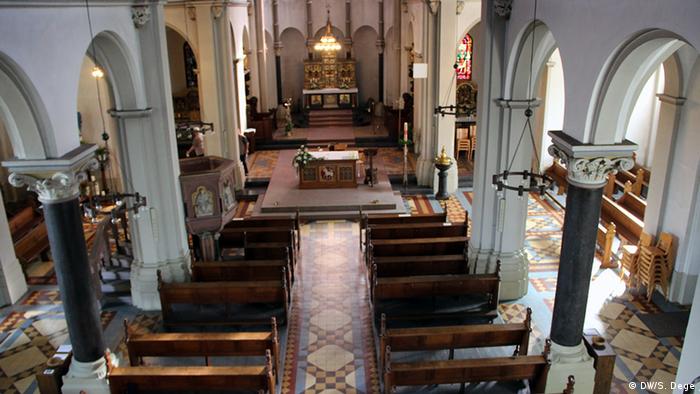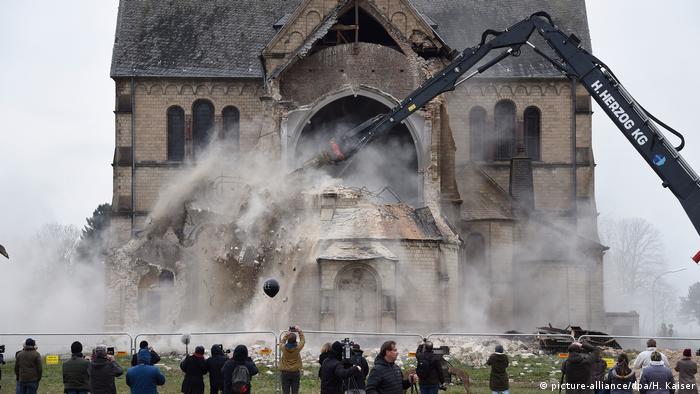Global warming is rising, time is running out, CO2 emissions must decline rapidly. A step of the Coal phase-out. For the Rhine area, there is now a concept with green citizens energy. Opportunity or utopia?

The climate damage of brown coal are immense. According to data from the Federal environment Agency, the brown coal-fired power plants cause this year alone in the Rhineland damages of € 44 billion. The mainly climate-related damage, which arise within the next hundred years. And paid for this damage, especially of young people and the future generations will suffer.
A quick Coal phase-relieves future generations and increases the probability of the climate goals to adhere to. The so-called coal Commission, the Federal government is currently working on proposals on how such an exit might look like. A final report should be available in November, now it will probably still only February.
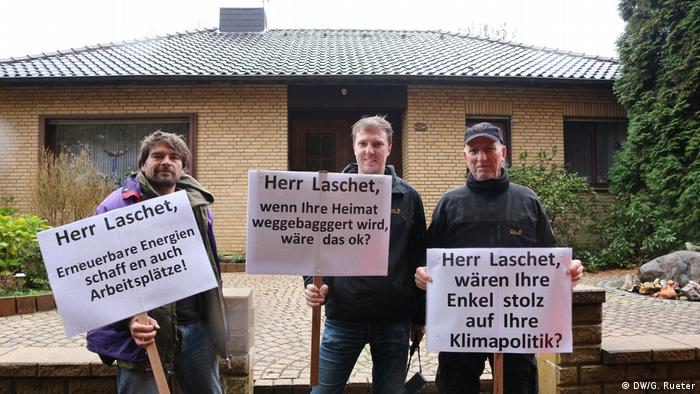
The citizens of Kuckum and Keyenberg want to sacrifice their villages for coal and a future demand-oriented policy
The energy cooperative Greenpeace Energy has now presented a concept for the phase-out of lignite in the Rhenish area. This provides that an established local company to build the days and brown coal power stations and then between 2020 and 2025 at a standstill. RWE as the owner would be compensated for the loss of profits accordingly.
The open pit would then be installed in the return Wind and solar power plants of a citizens ‘ cooperative surfaces. The owner should be here in the first place citizens and companies from the Region. A portion of the proceeds would then be paid to the municipal society as a land lease and, therefore, the purchase price was refinanced.
“What we are proposing is a huge opportunity for the Rhenish area and takes us forward in the area of climate protection a major step”, says Sönke Tangermann Executive Board member at Greenpeace Energy. “Our concept is financially created fair for all sides and so that compulsory redundancies can be avoided.”
For the Success of an agreement with RWE, as well as state support of structural change is important, stresses Tangermann. Greenpeace Energy has offered RWE and other Stakeholders from the local level up to the Federal government discussions on the implementation of the Plan.

View into the pit: According to RWE plans to promote the coal until the middle of the century
Opportunity or utopia?
“Basically, it is an interesting and serious offer, because it will take into account various aspects of the energy transition,” says Claudia Kemfert from the German Institute for economic research (DIW) and Professor of energy Economics. “The Coal phase-velvet Decommissioning of the coal-fired power plants, and restoration should be structured to be implemented, in addition, possibilities and opportunities for Employees will be developed, as well as a possible involvement of the municipalities proposed,” says Kemfert, compared to the DW.
The concept is to build, by 2030, Wind and solar plants with a total capacity of 8.2 gigawatts to the Rhenish mining areas. Around a quarter of what the lignite – fired power currently supplies could be produced from this time a year a good 15 terawatt-hours of electricity. The climate-friendly power plant fleet would cost around seven billion euros, would not need any additional support and could save a lot of CO2.
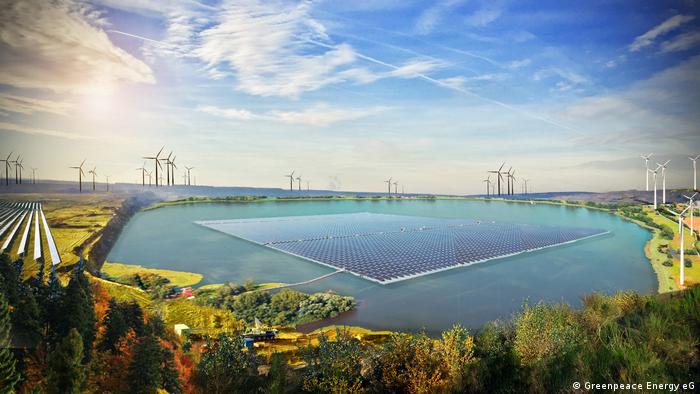
A vision of the future: green energy instead of coal. In the pit and on the edge of the new facilities would be
Which the purchase price would be for coal-fired power plants is appropriate?
Behind the concept, the Expertise of Greenpeace Energy as the second largest energy cooperative in Germany, and with a lot of experience in the construction of Wind farms and solar parks is in the hands of Citizens.
Is underpinned by the idea but also by many studies: on behalf of the Federal Ministry of economy a study of the Potential of renewable energies in Germany’s mining regions, was published and provided important data for the development of the concept.
The Institute for ecological economy research (IÖW) stresses, in this connection, that by the approach of citizens energy, a higher value added in the Region could be achieved. So even more local jobs. “The project can act as a catalyst for the Transformation of these traditional energy-Region in an energy transition-a model region”, says Prof. Bernd Hirschl from IÖW.
The analysis Institute, Energy Brainpool identified on behalf of Greenpeace Energy a fair market price for the power plants of RWE. Would the mining of the six oldest power plant units in 2020, bought and shut down, 2022 six power plant blocks at the opencast mining Inden, and the last three by 2025 at the open pit mine Garzweiler, then “is the price at around 384 million euros,” says Fabian Huneke from Energy Brainpool Hambach. This is clear from the gains that could be achieved with the power plants on the electricity market, until prices were due to rising CO2 unprofitable.
Energy economist Kemfert referred to this analysis for a purchase price as “help for a first assessment”. “More expert opinion could bring more transparency about the market value,” she says. The sale of the coal division of Vattenfall but also “as the market value of coal-fired power stations continuously with a reinforced climate protection and the implementation of the energy transition is reduced,” said Kemfert. “RWE would be well advised to examine the options and purchase offers exactly the propose quite solutions for a future-oriented energy policy.”
RWE sees this in the official opinion otherwise and rejects the proposal of the green electricity provider “to take seriously”. A detailed explanation of this assessment, RWE has not delivered despite Demands – the other DW-questions remained unanswered.

In Germany, the climate movement is growing: For quick Coal phase-out and far-sighted policy
A broad consensus helps the Transformation
“For the brown coal areas of the Expansion of renewable energies with a safety is a possibility, but not the only one,” says Manfred Fischedick, Vice-President of the Wuppertal Institute for climate, environment and energy. He has created with other research institutes, solution options for the Coal phase-out.
He recommends, first of all, the results of the current work to await the coal Commission. “If it is possible, on a broad social consensus on the gradual phase-out of coal-fired power generation, then this would be a great success,” says Fischedick.
Also, the state government of North Rhine-Westphalia, politicians from the Region and the energy expert Reinhard knock leisch of the trade Union ver.di want to wait for the report of the coal Commission. An exit date for the brown coal in the Rhineland, keep knocking leisch, “however, by 2025, significantly premature.”
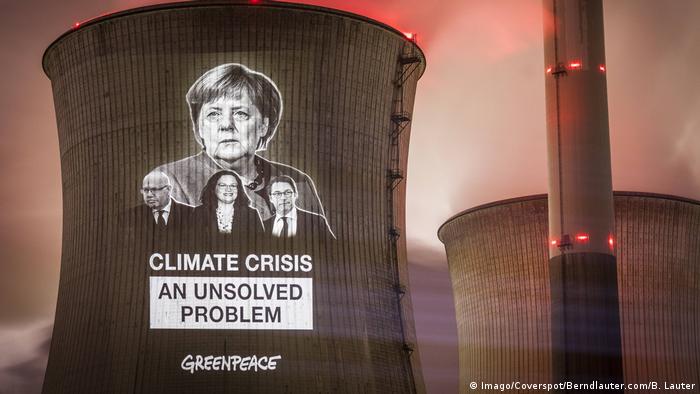
Projection by Greenpeace on a coal-fired power plant. In the case of climate policy, the Merkel government has failed so far.
Joy of concept with perspective
“The charm of the concept of Greenpeace Energy is the fact that, ultimately, the citizens and local authorities carriers and beneficiaries of a sustainable development,” says Dirk Jansen, from the Federation for environment and nature conservation (BUND).
This model would increase the regional value creation and the Development of Wind and photovoltaic would be lifted targets “finally, the regional potential in accordance with the climate protection, to burn instead of the Region for energy sources”.
David Dresen of the Citizens ‘ initiative is built “All the villages remain” agrees with Jansen. The mining of brown coal continues to go as planned, so be the village of Kuckum would disappear forever.
“This is the first viable project that reconciles all sides: the inhabitants of The affected villages, the employees of RWE, the conservation and the strategy for renaturation. The concept is very well thought out and means that most of the villages remains the same,” says Dresen. “For us, this is perfect. We feel pretty seriously.”
“Greenpeace Energy has submitted as the first actor in-depth and solution-oriented approach,” says Antje Grothuss, representative from the mining area concerned citizens in the coal Commission.
It’s a good approach to offer points for a socially responsible and future-oriented structural change in the Rhenish area and “sets a soothing counterpoint to the fossil-fuel Lobby, the culture, the apparent lack of prospects beyond the brown coal.”
